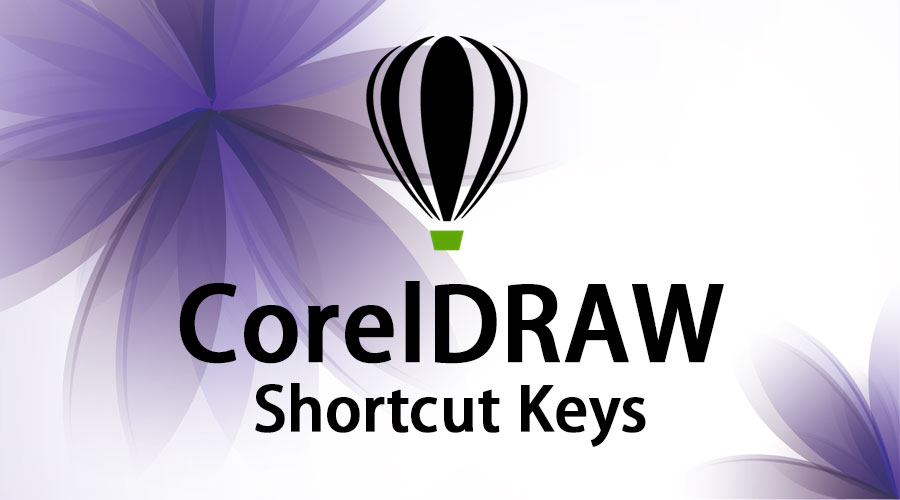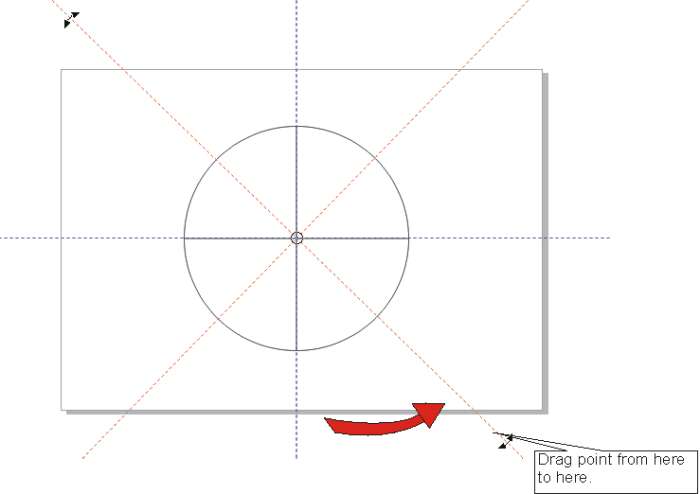
- #How do i rotate an object in corel draw 10 how to
- #How do i rotate an object in corel draw 10 manual
- #How do i rotate an object in corel draw 10 series
- #How do i rotate an object in corel draw 10 zip
Your show of support will help fund future tutorials and steer the direction of new site content. If you found this tutorial useful, make a donation. Your extrude effect is now converted to separate objects. Then, choose the Pick Tool, click the resulting group of objects and click the Ungroup All button in the Property Bar (as shown next). To do this, click to select the extrude portion of the effect and use the Break Apart command ( Ctrl+K).
One of the cool things you can do with extrusions is to convert them to ordinary objects by breaking apart and ungrouping ( Ctrl+U) the extrude portions. To demonstrate, let’s set the extrusion depth to 5 using the Depth option (shown next). Note that although the extrusion is rotated, you can still control the depth of the extrusion. 
Notice how the original object and the extruded portions rotate in a circular direction only.
Using a click-drag action, click anywhere outside the circle and drag in any direction. Notice how the original object and the extruded portions rotate in three dimensions (as shown next). Using a click-drag action, click anywhere inside the circle and drag in any direction. Your cursor has also changed to rotation cursor. These represent the extrude rotation interface (shown next). #How do i rotate an object in corel draw 10 series
Notice that your object now features a series of circles and squares around it. With the Extrude Tool selected, click once directly on extrusion portion – that’s the small red ellipse object in the center of the arrangement (as shown next). Although it doesn’t look like much yet, you have applied a default extrusion to the object. Using a click-drag action, click from a filled part of the object directly to the center of the open area. Choose the Extrude Tool from the Toobox (shown next). You now have the basic gear shape created (shown next). The new object will take on the fill properties of the ellipse. Use the Combine command ( Ctrl+L) to combine the two objects into a single compound path. Hold Shift and click the large object then the red ellipse (in that order). Deselect all objects (click a blank area on your page). Paste ( Ctrl+V) the two objects from your clipboard back onto the page (shown next). Delete the unwanted portions that remain on the page by pressing Ctrl+A then Delete. Cut ( Ctrl+X) these two objects to your clipboard. Hold your Shift key down and click to select the large polycom portion and the red ellipse. Deselect all objects by clicking on a blank part of your page using the Pick Tool. This will separate the trimmed portions from the main object (as shown next). With the newly trimmed object still selected, press Ctrl+K (the Break Apart command). This will trim the star points of the polygon using the ellipse as the trimming path. With both objects selected, click the Trim button in the Property Bar (shown next). Using the Pick Tool, hold your Shift key down and click the large ellipse and then the large polygon (in that order). We’ll start by creating a gear shape using the three objects on the page (shown next). #How do i rotate an object in corel draw 10 zip
Open the 3D Gear.CDR file contained in the Zip archive and open it in CorelDRAW.Download the CorelDRAW file I’ve provided here.It takes only a few clicks, but you’ll need to follow the instructions precisely to be successful.
#How do i rotate an object in corel draw 10 how to
In this next tutorial, I’ll show you how to use 3 ordinary objects to manufacture a single curve that can be extruded and rotated in simulated 3D for some very impressive results.

#How do i rotate an object in corel draw 10 manual
While it’s far from 3D modelling, it certainly presents some interesting creative possibilities for drawing objects that would otherwise be challenging to manufacture using manual methods. For many versions now, CorelDRAW has included extrusion features that enable you to apply depth to a single object and rotate it interactively.






 0 kommentar(er)
0 kommentar(er)
